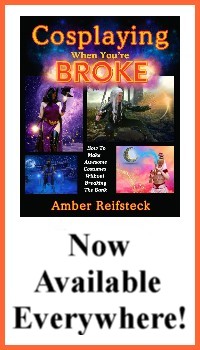The Basics of Starting Seeds Indoors
 Want to get a jump on the spring growing season? Try starting seeds indoors.
Want to get a jump on the spring growing season? Try starting seeds indoors.
March is the month for starting seeds indoors. The cold winter days give way to the warm hints of spring (though sometimes winter likes to remind us with a March snowstorm that it’s not quite done yet). Starting seeds indoors give you a jump on the planting. Many fruits and veggies (and in my case flowers) won’t amount to much if one waits for the days to be warm outside. Starting seeds indoors extends their growing season.
Many common veggies can be started indoors before moving them to your outdoor garden plot later. Veggies such as lettuce, spinach, kale, onions, leeks, and many others can all be started ahead of time.
To start seeds indoors you’ll need some seed starting mix, which can be found at garden supply stores such as Lowes. It’s not advisable to pull dirt directly from your outdoor garden for starting seeds as it may contain diseases, pests, and weed seeds, all of which will very quickly become problems in small indoor spaces.
You also need some containers. You’ll want to be sure that any containers you use for starting seeds indoors have adequate drainage holes at the bottom. You can purchase trays specifically for starting seeds indoors, but there are also many creative recycling options. These include old yogurt and cottage cheese type containers, egg cartons, milk carts, and newspaper cups. Be as creative as you want with your seed starting containers, just be sure they’re not made of treated wood or something similar, and if the containers you’re using have had plants in before, make sure to wash them out well.
Fill your chosen containers with seed starting mix and plant your seeds according to the package. Then you’ll need heat. Heating lamps can be purchased relatively inexpensively from hardware stores such as Lowes (And no, I’m not under some contract to keep plugging Lowes, it’s just the closest garden store so it’s where I usually go). Your soil will need to be kept around 65-70 degrees for your seeds to germinate.
Keep your plants watered enough that the soil is always moist, but not dripping wet or you’ll drown the plant. Fill an old dishwash bottle (or something similar) with water and give your plants a little bit from it each day. In a couple of weeks you should have a healthy crop of little, green seedlings.
Copyright © Amber Reifsteck ~ The Woodland Elf
The information provided on this website is for general information purposes only. If you choose to rely on the information on this website, you do so at your own risk and you assume responsibility for the results. (Full disclaimer here)
Enjoy this post? Click here to subscribe by email and get new posts delivered to your inbox.Ads by Google








